Contrasts in the garden
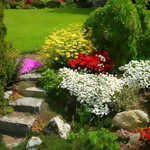
To make your garden really bright and memorable, experts recommend play with contrasts. But, of course, in this case everything should look beautiful and create harmony on the site.
Harmonious combination of colors causes in peopledifferent emotions, for example, all shades of green in most people lead to a sense of calm and comfort, and contrasting with bright, dynamic orange with blue - raise the mood.
Sometimes contrast is a concept opposite to harmony, but it makes landscape paintings original and unforgettable. Interaction of opposites - such as dark and light, symmetry and asymmetry, and even order and chaos - can become the basis for the composition of the whole garden and its separate corners.
Contrasts arise due to the contrast of colors, shapes and structures. So, the bush with spotted yellow leaves looks good in a hedge only if it stands out against the background of its numerous green neighbors.
But not only individual plants or decorative objects of the garden contrast with each other. Contrast is created and change of styles, in which separate parts of the garden are made. Of course, you should always know the measure here, so that the search for contrasts does not lead to an elementary disorder.
With the help of contrasts, you can also change feeling of the size of objects. For example, if you place an even larger object with a larger object, the first one will be perceived less.
Also with color. For example, light colors can look even lighter on a dark background. At the same time, colors in natural compositions are corrected by the time of year and day, by illumination and weather conditions.
You can use contrasting color solutions in different parts of your garden, but they should have common unifying elements. It can be the presence of one speciesplants, repeated elements of decor or pattern of paving paths, slides, etc. Another interesting element may be the use in different parts of the garden of the same color, but different in shape or size of flowers.
The possibilities of using contrast in the garden are great - this is a solid stone and a fragile plant; brightfoliage on a dark background; a nice texture of a wooden bench and a rough, rough gravel path; Colonoid form of the crown next to the spherical. In almost every garden, contrasts between open and closed spaces are created. Closed spaces can be designed with the help of architectural structures - walls, arches, fences. It can also be a natural landscape - for example, hills, slopes or tall trees. As an example of open space in the garden, you can bring a lawn, lawn, summer terrace without a roof.
When you're going to create a bright, original composition, remember that you can not build it completely in contrast, and also abuse it. Using contrast, be sure to combine it with the nuance.
What is the "nuance"? This is a subtle transition between paints, spacesand forms that are slightly different from each other. Use the nuance is desirable, given the good knowledge of materials for decorating the site. The color composition of the garden is most often based on nuances - thus avoiding too rough transitions.
If you are just planning a design for your garden -be sure to find in it a place for contrast - do not regret it. On the contrary, you can be sure that not only harmony can cause a sense of completeness of the landscape and emphasize the refined taste of the owner of the garden.
Your garden will certainly look stylish and bright!

Read more:

The combination of colors in your home

How to choose wallpaper
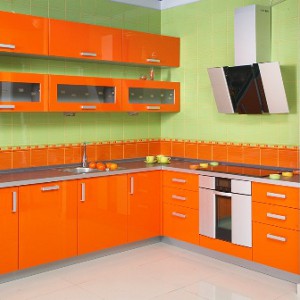
Color in the interior of the kitchen

Peach in the interior

How to make beautiful makeup for green eyes?

Small architectural forms for the garden

Contrasts in the garden
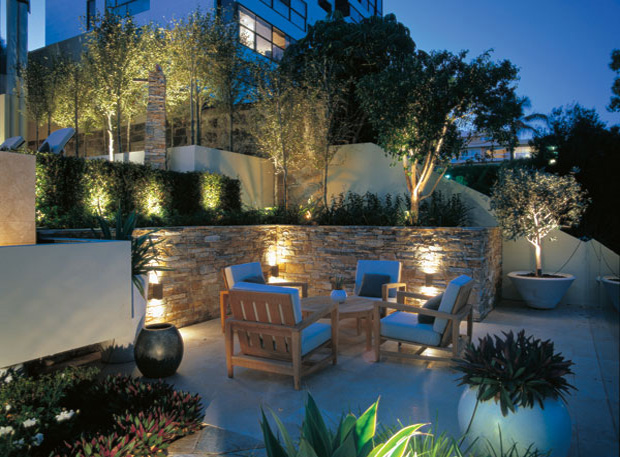
Garden Lighting

What is "landscape design" and why is it needed?

Trees and shrubs
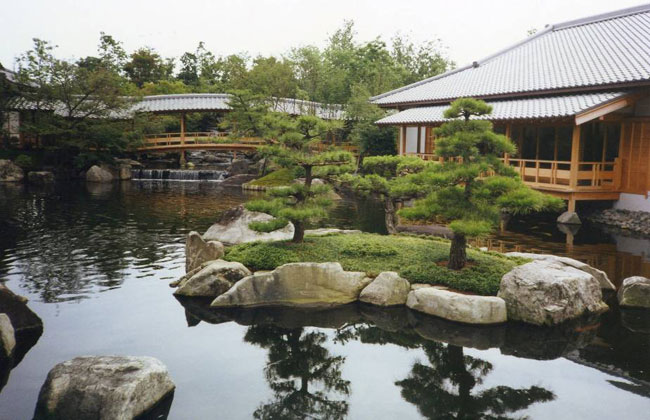
What is "landscape design" and why is it needed?
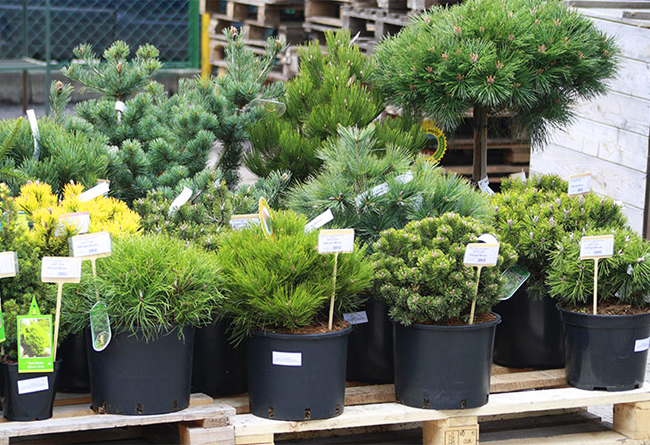
Trees and shrubs
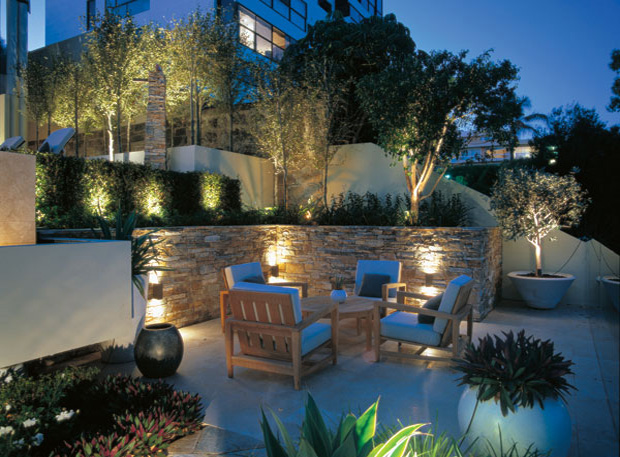
Garden Lighting
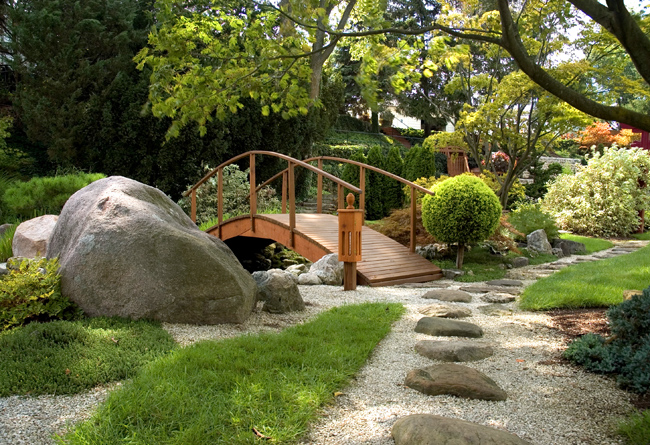
Small architectural forms for the garden